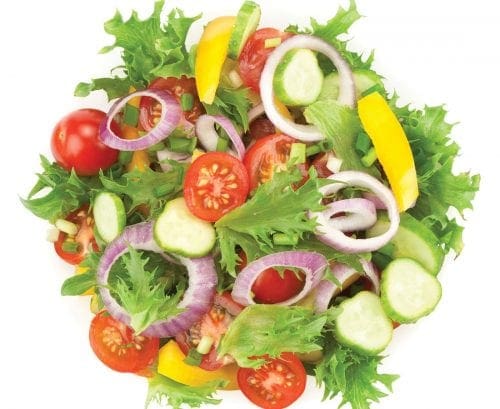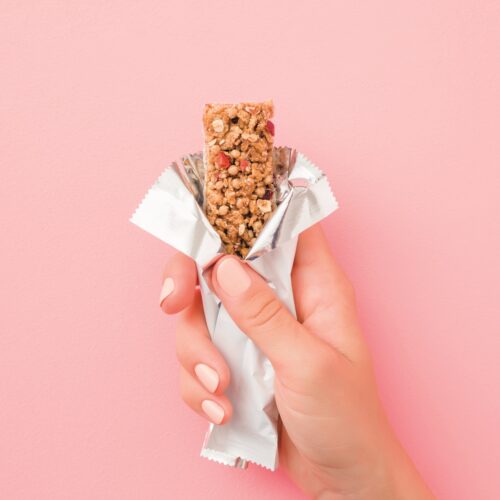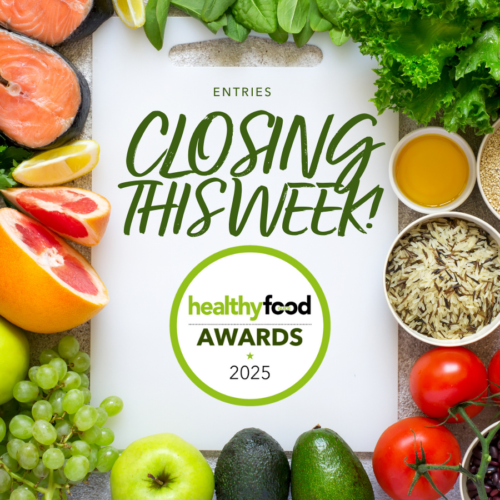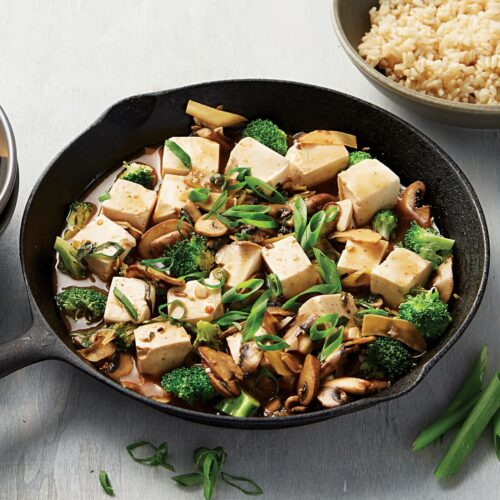
It might be worth paying more attention to the refreshing and seemingly-light salads you buy.
Nothing says fresh like colourful salad veggies in the supermarket. Swapping warming soups for filling salads is a great idea as a veggie-packed main meal, starter or side, especially if you avoid these salad traps.
Trap 1
What’s on top?
Your salad dressing may add more energy and sugar than you think, so it’s worth paying attention to what you’re adding as well as how much.
- Store-bought dressings may be a source of hidden sugar, which salads don’t really need
- It’s easy to get heavy-handed. Remember a little can go a long way
- Olive oil or other polyunsaturated and monounsaturated oils as a dressing have heart-health benefits, but the amount you use makes a difference to the amount of kilojoules you’ll get
- Nuts and seeds add healthy fats, fibre and phytonutrients, and can be a way to get more kilojoules into your salad meal, if you’re looking for more energy.
Avoid salad topping traps
- Make your own simple salad dressing with a blend of balsamic vinegar or lemon juice and extra virgin olive oil. A tablespoon of a 1:1 blend has 180kJ; or 260kJ in a 1:2 blend
- Use herbs, spices and citrus zest to add more flavour
- Use nuts and seeds as a garnish, unless you want to up the kilojoules
- Croutons add energy too, so use just enough to add some crunch.
Trap 2
Did you wash?
Unless labelled as washed or ready to eat it’s recommended we wash bagged salad veggies before eating, to reduce the risk of food-borne illness.
- Outbreaks of E.coli and Salmonella, bacteria that cause food-borne illness, have been traced back to salad bags and raw vegetables around the globe
- A 2017 study found juices released from damaged salad leaves increased growth of Salmonella and allowed bacteria to stick to the plastic bags around the salad leaves.
How to wash your salad
- Wash vegetables as close to eating as possible
- Wash your hands thoroughly with soap and water first
- Remove all damaged stalks, wilted leaves and the lettuce core before washing
- Hold under cold running water, or submerge individual leaves for 30 seconds, drain and repeat twice
- Dry in a salad spinner or by patting with a paper towel
- Never wash with soap or bleach.
Article sources and references
- Gillespie, K. 2014. Packaged carrots and lettuce blamed for epidemic of food poisoning. Otago Daily Times, odt.co.nz Accessed August 2019https://www.odt.co.nz/news/national/packaged-carrots-and-lettuce-blamed-epidemic-food-poisoning
- Koukkidis G et al. 2017. Salad leaf juices enhance Salmonella growth, colonization of fresh produce, and virulence. Applied and Environmental Microbiology 83:e02416-16https://www.ncbi.nlm.nih.gov/pmc/articles/PMC5165107/
- Newgent J. 2018. Washing leafy greens, eatright.orghttps://www.eatright.org/homefoodsafety/four-steps/wash/washing-leafy-greens
www.healthyfood.com










